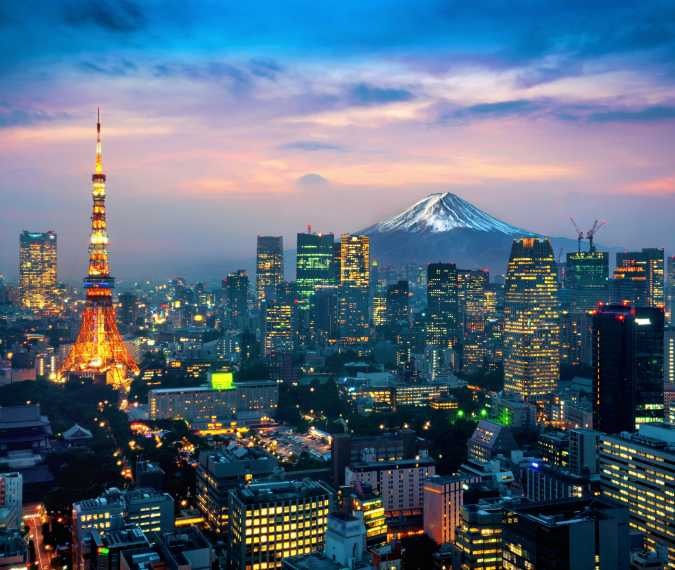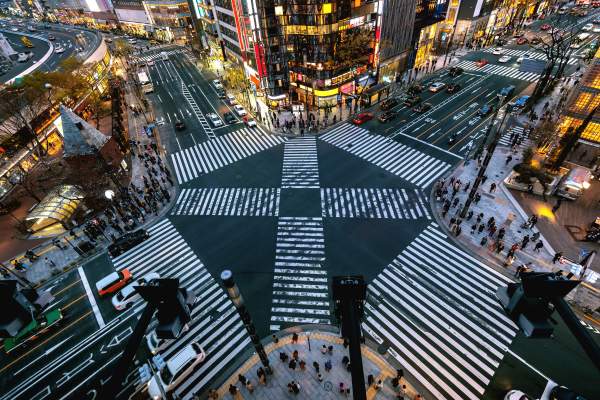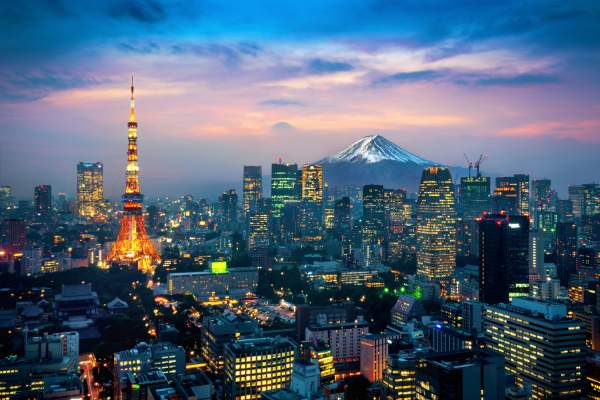
Visiting Japan will become a lot more expensive next year
Planning your dream trip to Japan? You should adjust your budget. Starting in 2026, traveling to and from Japan will get pricier.
Whether you're craving the neon buzz of Tokyo, the calm temples of Kyoto, or the fresh seafood of Hokkaido, there’s no doubt Japan offers an unforgettable experience. But before you book those tickets, here's what you need to know about upcoming changes that could affect your travel costs.
What’s Changing for Japan-Bound Travelers?
Japan's government is updating its tourism-related taxes and visa fees. According to a report from The Nikkei, changes include:
A hike in the departure tax, also known as the “sayonara tax”
Increased visa application fees for both single and multiple entries
These adjustments aim to boost funding for projects like improved airport infrastructure, upgraded security systems, and even free high school education for Japanese students.
Although the government hasn’t confirmed exactly when these new fees will roll out, they’re expected to come into effect sometime in early 2026.

Photo: unsplash.com/@gettyimages
Exit Tax: Say Goodbye with a Heavier Price Tag
Since 2019, Japan has charged a small departure tax for everyone leaving the country – including locals. Right now, it’s a modest ¥1,000 (around €5.60 or £4.90), and it’s automatically included in your airline or ferry ticket, so you won’t need to do anything manually.
But this is about to change.
The government has hinted at increasing this fee to match the “international standard”, though exact figures haven't been announced. For comparison:
Germany €15.53 – €70.83
Mexico Around $68 (€58)
Japan (Now) ¥1,000 (~€5.60)
To align with countries like Germany and Mexico, Japan’s tax would need to increase by up to 10 times its current rate. While this might come as a shock, the funds will be used to improve tourist services and facilities nationwide.

Photo: unsplash.com/@gettyimages
Visa Fees Are Going Up, Too
Most travelers from the EU, the US, and the UK don't need a visa for short visits to Japan. But if you're from a country that does, here’s what you’re currently paying:
Single-entry visa: ¥3,000 (~€17)
Multiple-entry visa: ¥6,000 (~€34)
These rates have not changed since 1978—and that’s about to shift.
Although the new prices haven’t been released, they’ll likely move closer to what other countries charge. For instance:
UK: Short-stay visa costs £127 (~€145.60)
Schengen zone: Uniform rate of €90
If you’re applying for a visa to Japan, plan for possible cost increases starting next year.
Why the Sudden Increase?
It’s not exactly sudden – it’s just overdue.
Japan has kept these fees unchanged for decades, and with the steady rise in tourist numbers, the pressure on infrastructure has reached new highs. From crowded streets in Kyoto to overflowing trains in Tokyo, overtourism has become a growing concern.
By increasing these costs, Japan hopes to:
Discourage excessive visitor traffic.
Fund better infrastructure and services.
Balance tourism with sustainability.
So while it may cost a bit more to explore the Land of the Rising Sun, the upgrades could mean a smoother, safer, and more enjoyable trip for everyone.


